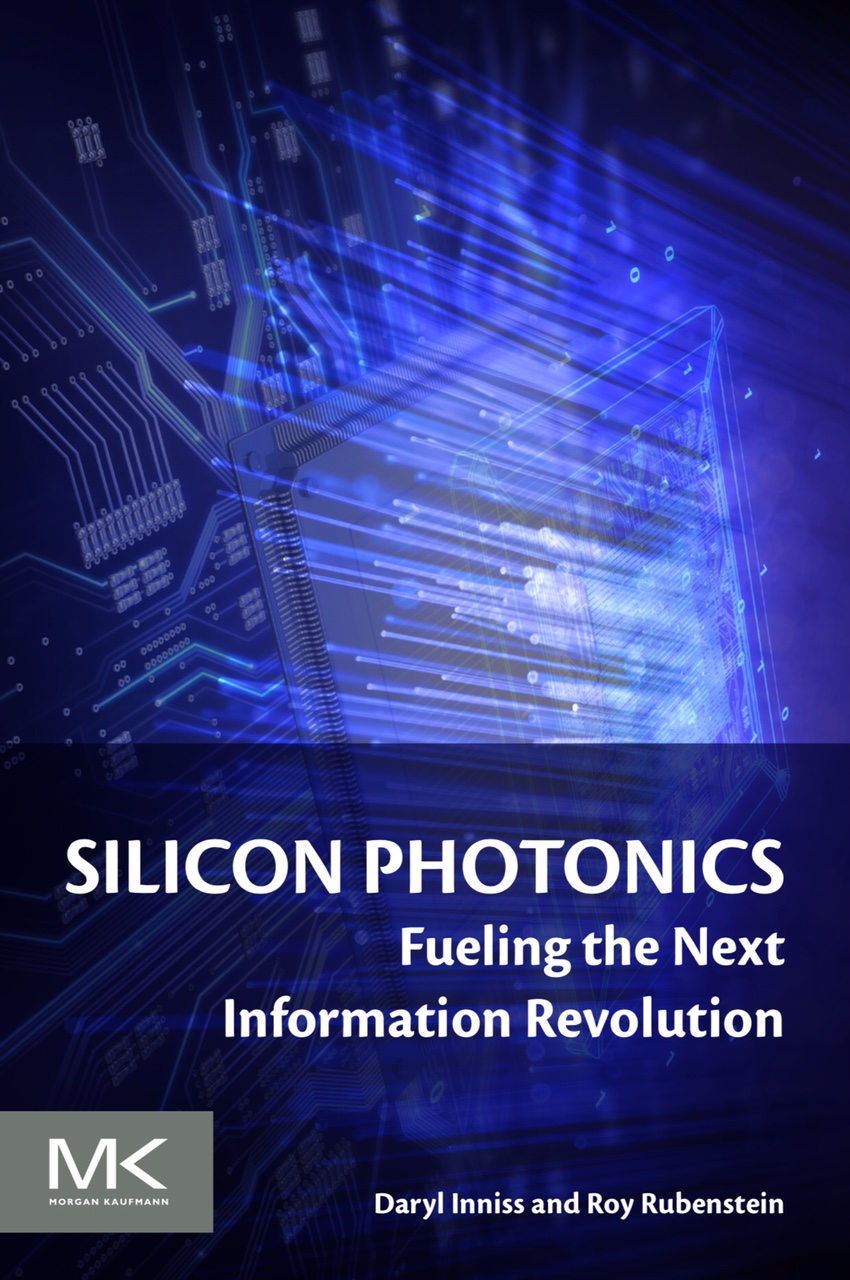OFC 2014 product round-up - Final part
 Wednesday, April 2, 2014 at 12:11PM
Wednesday, April 2, 2014 at 12:11PM Part 2: Client-side technologies

The industry is moving at a clip to fill the void in 100 Gig IEEE standards for 100m to 2km links. Until now, the IEEE 10km 100GBASE-LR4 and the 10x10 MSA have been the interfaces used to address such spans.
But responding to data centre operators, optical players are busy developing less costly, mid-reach MSAs, as was evident at the OFC exhibition and conference, held in San Francisco in March.
Meanwhile, existing IEEE 100 Gigabit standards are skipping to the most compact CFP4 and QSFP28 form factors. The -LR4 standard was first announced in a CFP in 2010, and moved to the CFP2, half the size of the CFP, in 2013. Now, several companies have detailed CFP4 -LR4 products, while Source Photonics has gone one better, announcing the standard in a QSFP28.
 CFP4,
CFP4,  CLR4,
CLR4,  ER4-LIte,
ER4-LIte,  OpenOptics MSA,
OpenOptics MSA,  PSM4,
PSM4,  QSFP28,
QSFP28,  VCSELs,
VCSELs,  active optical cable,
active optical cable,  optical engines in
optical engines in  OFC 2014
OFC 2014  Print Article
Print Article 





